Home>Gardening & Outdoor>Outdoor Structures>How To Install Front Porch Railing
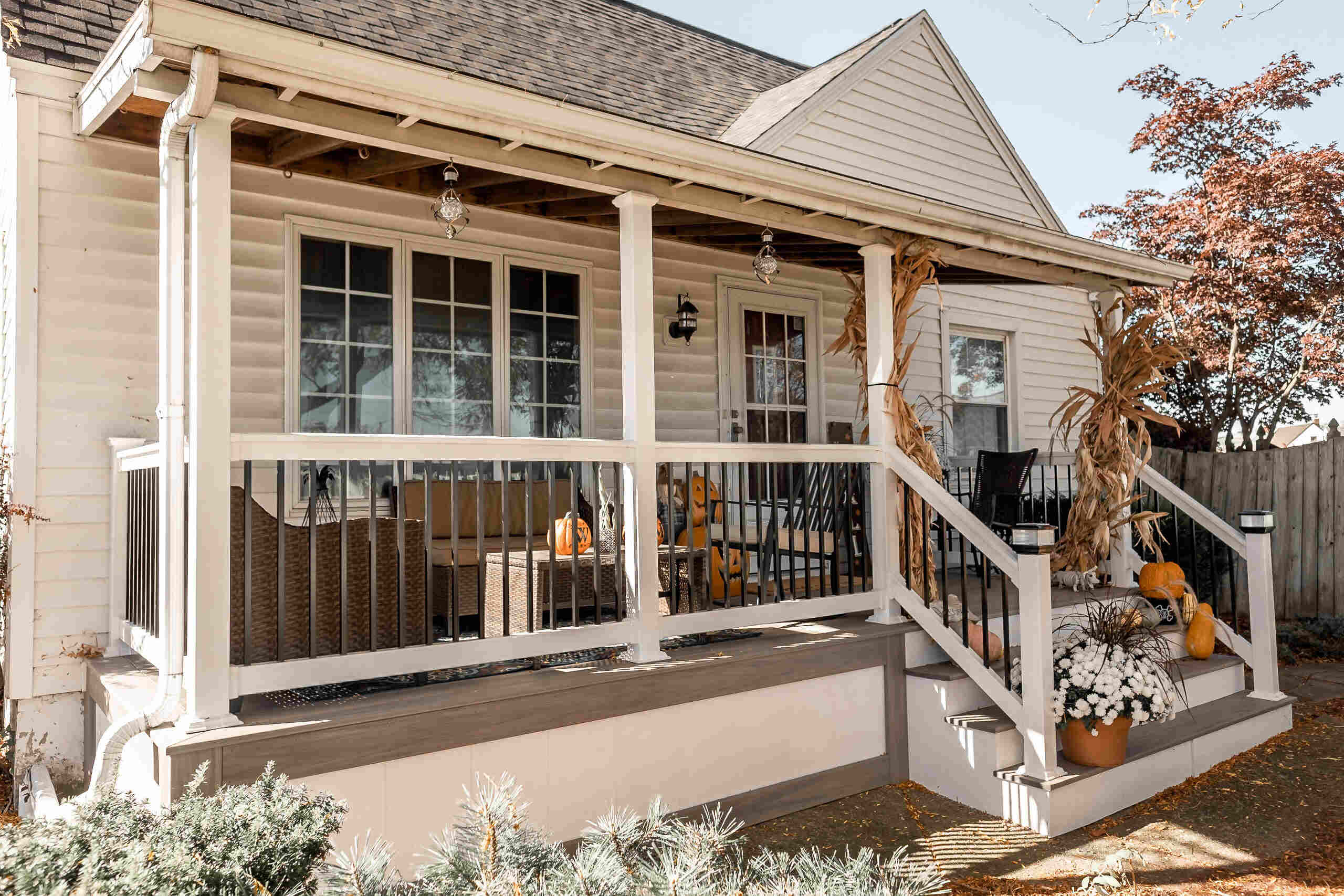

Outdoor Structures
How To Install Front Porch Railing
Modified: May 6, 2024
Learn how to install front porch railing to enhance your outdoor space with our step-by-step guide. Create a safe and stylish entryway with our expert tips and advice.
(Many of the links in this article redirect to a specific reviewed product. Your purchase of these products through affiliate links helps to generate commission for Storables.com, at no extra cost. Learn more)
Introduction
So, you've decided to enhance the safety and aesthetic appeal of your home by installing a front porch railing. Congratulations! This simple yet impactful project can transform the entire look of your property while providing a crucial safety feature for your family and guests. A well-designed and expertly installed front porch railing not only adds charm and character to your home but also offers a sense of security and stability.
In this comprehensive guide, we will walk you through the step-by-step process of installing a front porch railing. Whether you're a seasoned DIY enthusiast or a novice looking to take on a new challenge, this article is designed to equip you with the knowledge and confidence to tackle this project with ease.
Before we dive into the nitty-gritty details of the installation process, it's essential to emphasize the importance of safety. Working with tools and materials, especially when dealing with elevated structures, requires a cautious and methodical approach. Always prioritize safety by wearing appropriate protective gear, such as gloves and safety glasses, and carefully following the manufacturer's instructions for all tools and materials.
Now, let's embark on this exciting journey of enhancing your home's curb appeal and creating a safer environment for everyone who steps onto your front porch. Get ready to roll up your sleeves, unleash your creativity, and bring your vision of a stunning front porch railing to life!
Key Takeaways:
- Enhance safety and curb appeal by installing a front porch railing that complements your home’s style. Prioritize precision, stability, and finishing touches for a stunning and secure result.
- Assess, gather, measure, and install with care to create a safe and visually appealing front porch railing. Attention to detail and compliance with regulations ensure a successful and satisfying project.
Read more: How To Install Porch Railing
Assessing Your Front Porch
Before you begin the installation process, it’s crucial to assess your front porch to determine the most suitable railing design and the necessary materials. Here are the key steps to consider:
- Regulations and Codes: Start by researching local building codes and regulations related to front porch railings. These guidelines often dictate the height, spacing, and materials allowed for railings. Ensuring compliance with these regulations is essential for both safety and legal reasons.
- Architectural Style: Take a close look at the architectural style of your home. The railing design should harmonize with the overall aesthetic, whether it’s a traditional, modern, or eclectic style. Consider elements such as the porch’s shape, the existing trim, and the color scheme to guide your design choices.
- Material Selection: Evaluate different railing materials, such as wood, metal, or composite options. Each material offers distinct visual appeal and maintenance requirements. Factor in durability, weather resistance, and long-term maintenance when making your selection.
- Measurement and Layout: Measure the length of your porch to determine the amount of railing material needed. Additionally, assess the layout of the porch to identify any obstacles or unique features that may affect the installation process.
- Enhancing Accessibility: Consider accessibility for individuals with mobility challenges. If necessary, plan for the installation of handrails or additional accommodations to ensure that everyone can safely navigate the porch area.
By thoroughly assessing these aspects, you’ll be well-prepared to move on to the next steps of gathering materials and tools, ensuring a seamless and well-informed installation process for your front porch railing.
Gathering Materials and Tools
With a clear understanding of your front porch’s requirements and design considerations, it’s time to assemble the necessary materials and tools for the railing installation. Here’s a comprehensive list to guide you through this stage:
- Railing Material: Depending on your preference and the architectural style of your home, select the appropriate railing material, such as wood, metal, vinyl, or composite. Ensure that the material aligns with your aesthetic vision and meets local building code requirements.
- Posts and Balusters: If your chosen railing design incorporates posts and balusters, acquire these components in the specified quantity and dimensions. Consider the spacing and arrangement of balusters to achieve both safety and visual appeal.
- Hardware and Fasteners: Gather the necessary screws, bolts, anchors, and brackets for securing the railing components. Opt for high-quality, weather-resistant hardware to ensure the longevity and stability of the installation.
- Tools: Equip yourself with essential tools, including a drill, saw, level, measuring tape, screwdriver, and a miter saw for precise cuts. Additionally, a post hole digger or auger may be required for installing the railing posts securely.
- Protective Gear: Prioritize safety by obtaining protective gear such as work gloves, safety glasses, and a dust mask. These items are essential for safeguarding yourself during the installation process.
- Finishing Materials: If you plan to paint or stain the railing, procure the appropriate finishing materials in your desired color and finish. This may include paint, primer, brushes, and sandpaper for surface preparation.
- Local Regulations: Familiarize yourself with any specific regulations governing the installation of front porch railings in your area. This may involve obtaining permits or adhering to particular construction standards.
By carefully gathering these materials and tools, you’ll set the stage for a successful and efficient installation process. Remember to prioritize quality and durability when selecting materials, ensuring that your front porch railing stands the test of time while elevating the beauty of your home’s exterior.
Measuring and Cutting
Precision is paramount when it comes to measuring and cutting the railing components for your front porch. This phase sets the foundation for a seamless installation and ensures that the railing fits flawlessly within your porch’s dimensions. Here’s a detailed guide to help you navigate the measuring and cutting process:
- Preliminary Measurements: Begin by measuring the length of your porch where the railing will be installed. Take accurate measurements, factoring in any corners, steps, or transitions in the porch’s layout. These measurements will guide the precise cutting of railing components.
- Post Placement: If your design includes railing posts, determine their placement along the porch’s edge. Mark the locations for the posts, ensuring consistent spacing and alignment for a visually balanced result.
- Baluster Spacing: If balusters are part of your railing design, calculate and mark the spacing between each baluster. This step is crucial for maintaining uniformity and meeting safety standards. Consider using a jig or spacer to ensure consistent spacing throughout the railing.
- Cutting Railing Components: Using the precise measurements, carefully cut the railing material, posts, and balusters to the required lengths. Employ a miter saw or a suitable cutting tool to achieve clean and accurate cuts, following the designated angles and dimensions for each component.
- Test Fitting: After cutting the railing components, perform a test fitting to verify their alignment and fit within the porch space. This step allows you to make any necessary adjustments before proceeding with the installation.
- Finishing Touches: If staining or painting the railing components, complete this step before the installation process. Apply the chosen finish to the cut ends of the railing material and any exposed surfaces to enhance durability and weather resistance.
By meticulously measuring and cutting the railing components, you’ll lay the groundwork for a precise and visually appealing installation. Attention to detail at this stage will contribute to the overall quality and longevity of your front porch railing, ensuring a polished and professional outcome.
When installing front porch railing, make sure to measure and mark the placement of the railing posts accurately. This will ensure that the railing is secure and level once installed.
Installing Posts
The installation of sturdy and secure posts forms the backbone of your front porch railing. Properly anchored posts provide essential support and stability, ensuring the safety and durability of the entire railing structure. Here’s a step-by-step guide to installing posts for your front porch railing:
- Marking Post Locations: Begin by marking the precise locations for the railing posts along the porch’s edge. Use a measuring tape and a pencil to ensure consistent spacing between the posts, adhering to local building codes and design considerations.
- Digging Post Holes: Using a post hole digger or auger, excavate holes at the marked locations to accommodate the posts. The depth and diameter of the holes should align with the specifications provided by your railing design and local building regulations.
- Adding Gravel and Securing Posts: Place a layer of gravel at the bottom of each post hole to facilitate drainage and prevent moisture accumulation. Insert the railing posts into the holes, ensuring they are plumb and level. Secure the posts in position using concrete or a suitable anchoring system, following the manufacturer’s guidelines.
- Bracing and Alignment: Utilize temporary bracing to maintain the correct alignment and positioning of the posts while the concrete or anchoring material sets. This step is crucial for ensuring that the posts remain straight and stable during the installation process.
- Allowing for Setting Time: Once the posts are securely anchored, allow sufficient time for the concrete or anchoring material to cure and set. Follow the recommended setting time provided by the manufacturer to ensure the posts achieve maximum stability.
- Trimming Excess Length: If the railing posts extend above the desired height, use a saw to trim them to the appropriate level. Ensure that the posts are uniform in height and ready to accommodate the railing and baluster installation.
By meticulously following these steps, you’ll establish a solid foundation for your front porch railing, setting the stage for the subsequent attachment of rails and balusters. The secure installation of posts is essential for the overall structural integrity and longevity of your front porch railing.
Read more: How To Install Porch Railing Posts
Attaching Rails
With the posts securely in place, the next crucial step in installing your front porch railing is attaching the rails. This stage involves connecting the railing material to the posts, creating a stable and visually appealing framework. Here’s a detailed guide to help you navigate the process of attaching rails to your front porch:
- Positioning the Rails: Begin by positioning the railing material between the installed posts, ensuring a uniform overhang on each end. Align the rails at the desired height, considering both aesthetic appeal and compliance with local building codes.
- Securing the Rails: Use appropriate fasteners, such as screws or brackets, to secure the railing material to the posts. Ensure that the fasteners are weather-resistant and provide a strong connection between the rails and the supporting posts.
- Leveling and Alignment: Utilize a level to ensure that the rails are precisely horizontal and aligned with the porch’s edge. This step is essential for achieving a professional and visually pleasing result, as well as ensuring the safety and stability of the railing.
- End Cap Installation: If your railing design incorporates end caps, install them securely at each end of the rails. End caps not only enhance the visual appeal of the railing but also provide a finishing touch that contributes to the overall polished look.
- Reinforcement and Stability: Consider additional reinforcement methods, such as angle brackets or support blocks, to enhance the stability and longevity of the railing structure. These reinforcements can bolster the connection between the rails and the posts, especially in high-traffic areas.
- Quality Inspection: Thoroughly inspect the installed rails to ensure that they are securely fastened, level, and free from any defects or imperfections. Address any issues promptly to guarantee the structural integrity and visual appeal of the railing.
By carefully following these steps, you’ll successfully attach the rails to your front porch, bringing your vision of a safe and stylish railing one step closer to reality. The secure attachment of rails not only enhances the aesthetic appeal of your home but also contributes to the safety and functionality of your front porch.
Finishing Touches
As you near the completion of your front porch railing installation, it’s time to focus on the finishing touches that will elevate the overall appearance and functionality of the railing structure. These final steps add a polished and personalized touch to your project, ensuring that your front porch becomes a welcoming and secure space. Here’s a comprehensive guide to the finishing touches:
- Surface Preparation: If your railing material requires painting or staining, thoroughly prepare the surfaces by sanding and cleaning them. This step ensures optimal adhesion and longevity for the finishing materials.
- Applying Finishes: Use high-quality paint, stain, or sealant to enhance the appearance and weather resistance of the railing. Apply multiple coats as needed, following the manufacturer’s instructions for proper drying and curing times.
- Detailing and Trim: Consider adding decorative trim or embellishments to the railing, such as decorative caps, finials, or ornamental elements. These details can infuse character and charm into the railing design, complementing your home’s architectural style.
- Lighting Integration: Explore the option of integrating lighting features into the railing structure. LED lights or low-voltage fixtures can enhance safety and ambiance, creating an inviting atmosphere for evening gatherings or enhancing visibility on the porch.
- Maintenance Guidelines: Provide maintenance guidelines for the newly installed railing, including recommendations for cleaning, inspection, and upkeep. Educate yourself on the specific maintenance requirements of the railing material to ensure its long-term durability.
- Personalized Accents: Consider adding personalized accents, such as planters, decorative brackets, or custom signage, to further customize the appearance of your front porch railing. These touches reflect your unique style and create a warm, inviting atmosphere.
By incorporating these finishing touches, you’ll transform your front porch railing into a standout feature that enhances the beauty and functionality of your home’s exterior. The attention to detail and personalized elements will create a welcoming and secure space that leaves a lasting impression on visitors and residents alike.
Now that you've mastered installing front porch railing, why not dive deeper into the world of crafting and building? Our next feature discusses why engaging in DIY projects is so rewarding. You'll find out how these endeavors not only save money but also foster creativity, offering a sense of accomplishment that's hard to beat. Ready to tackle more hands-on tasks? Check out our insights on DIY projects for more inspiration.
Frequently Asked Questions about How To Install Front Porch Railing
Was this page helpful?
At Storables.com, we guarantee accurate and reliable information. Our content, validated by Expert Board Contributors, is crafted following stringent Editorial Policies. We're committed to providing you with well-researched, expert-backed insights for all your informational needs.
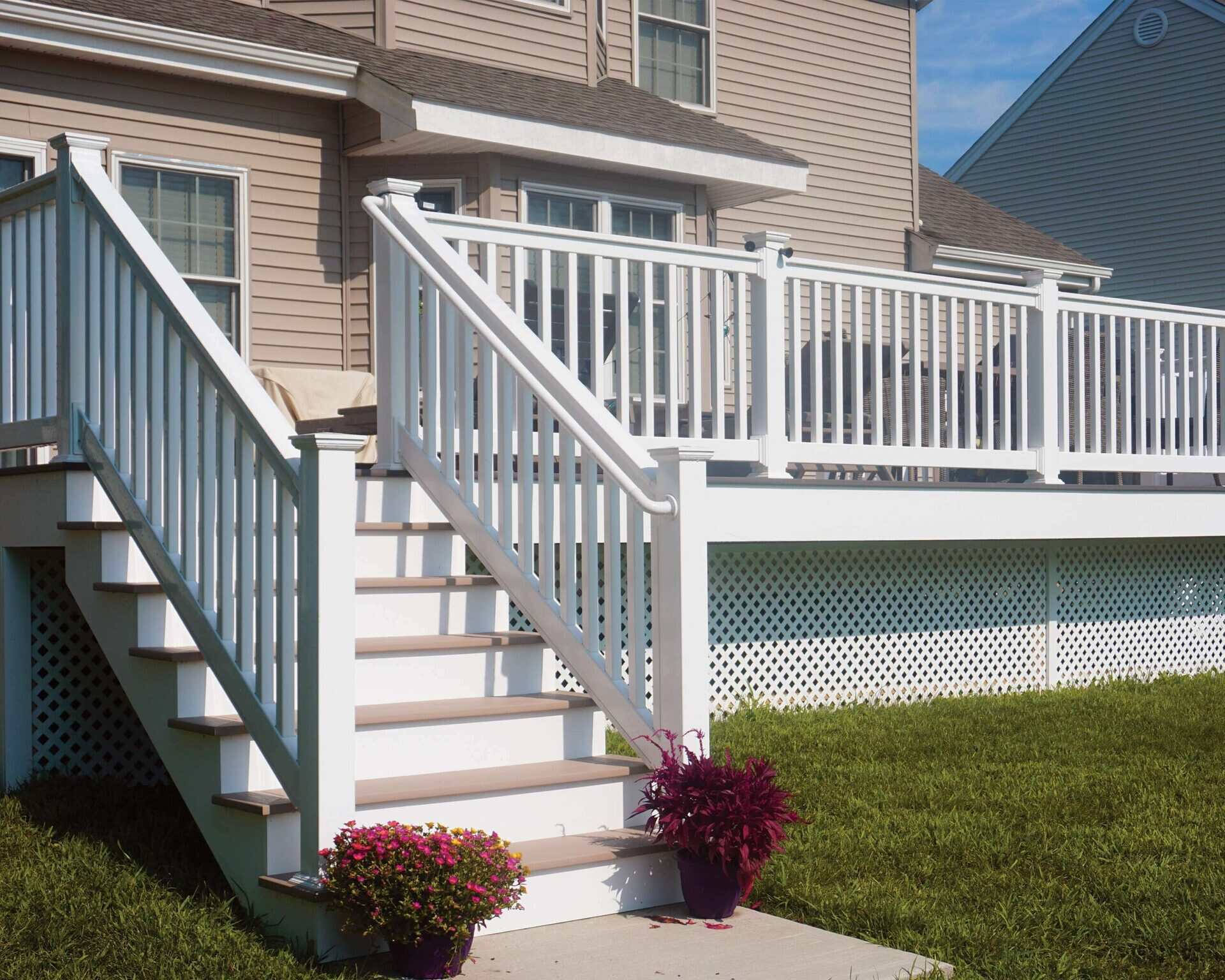
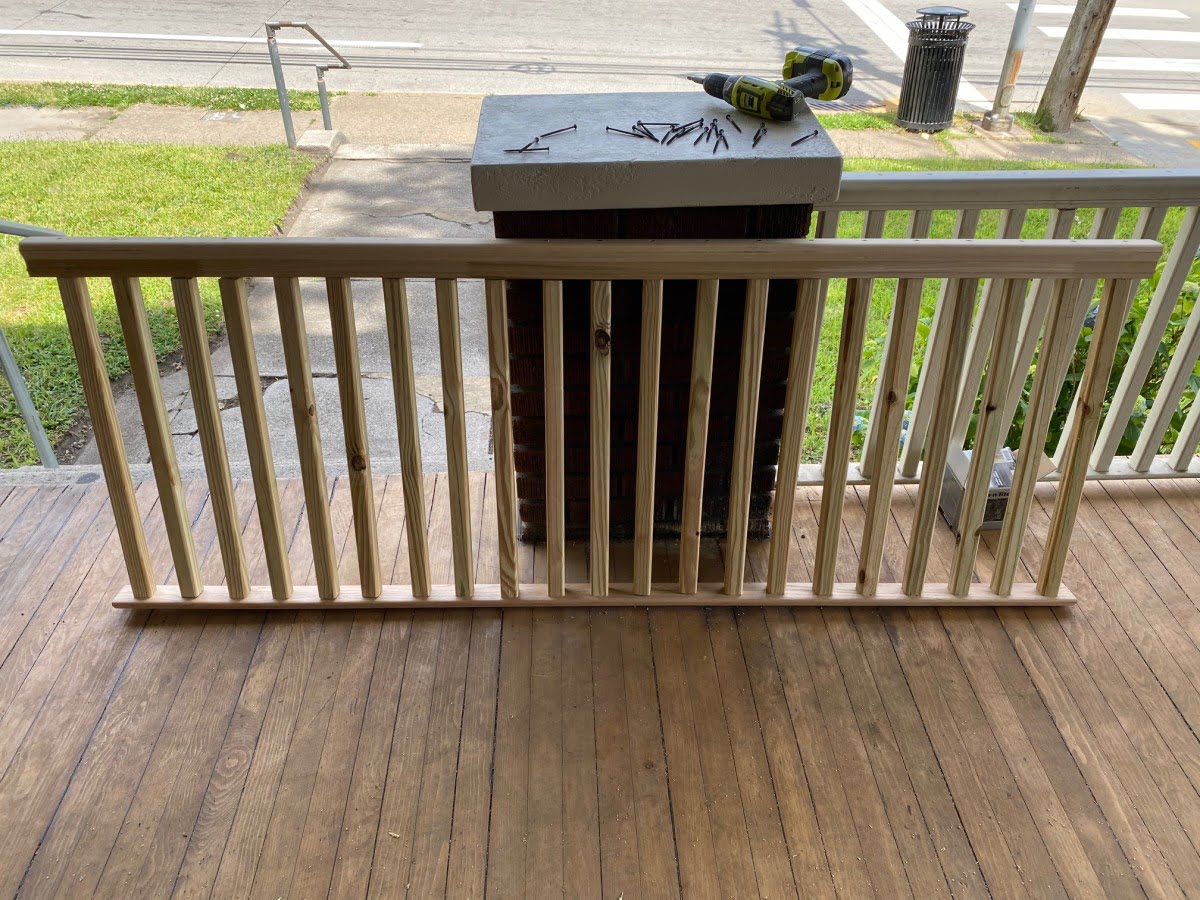
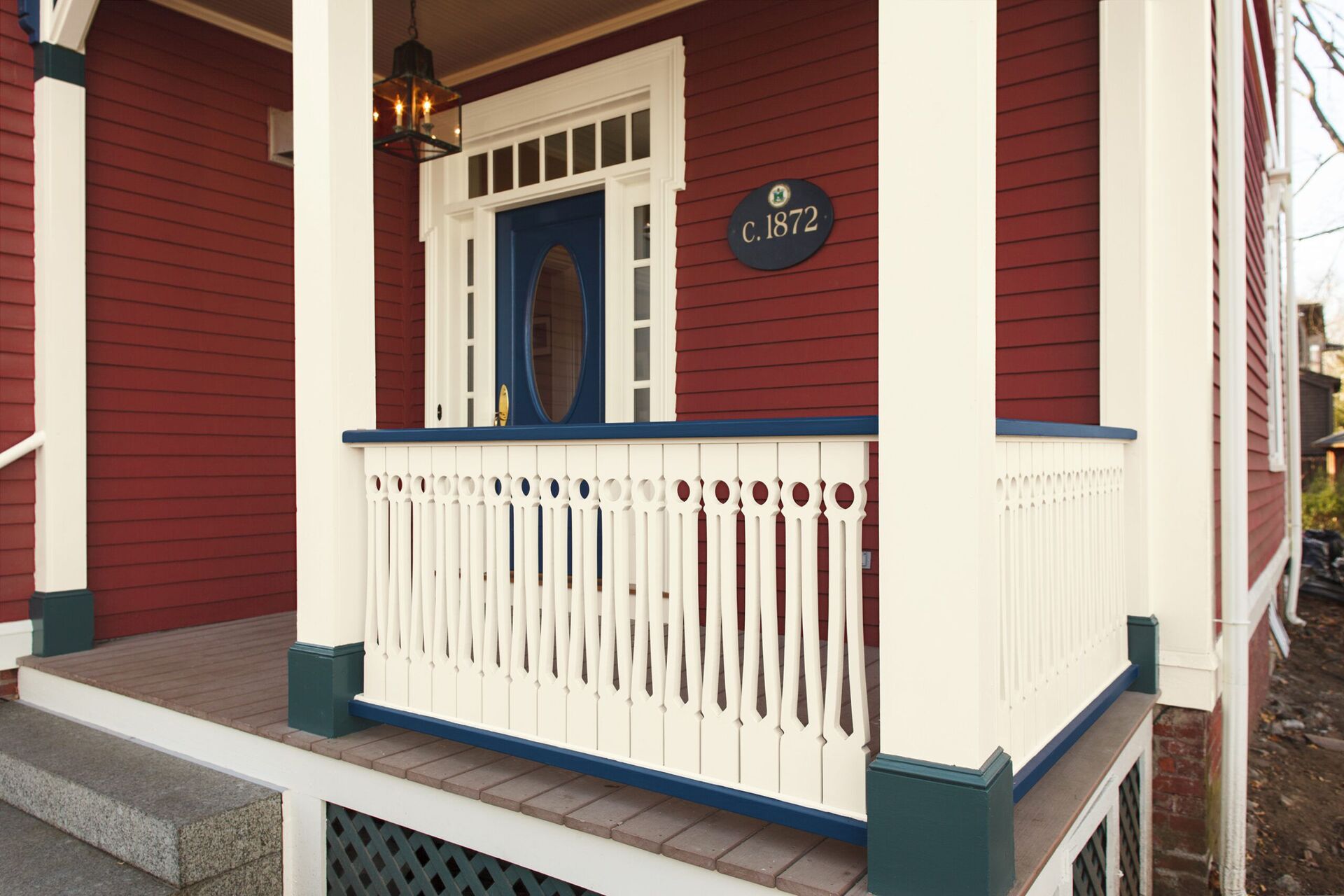
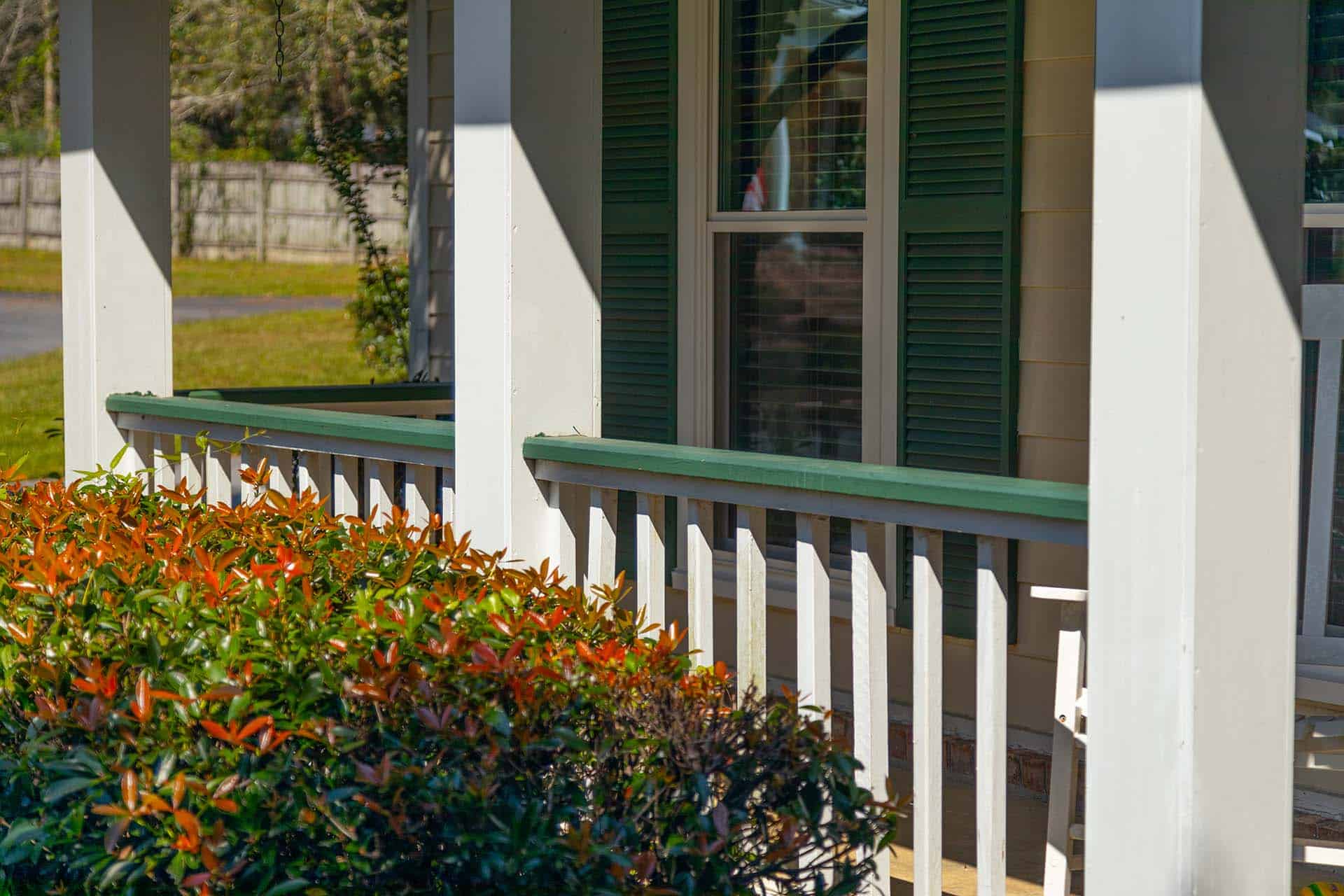
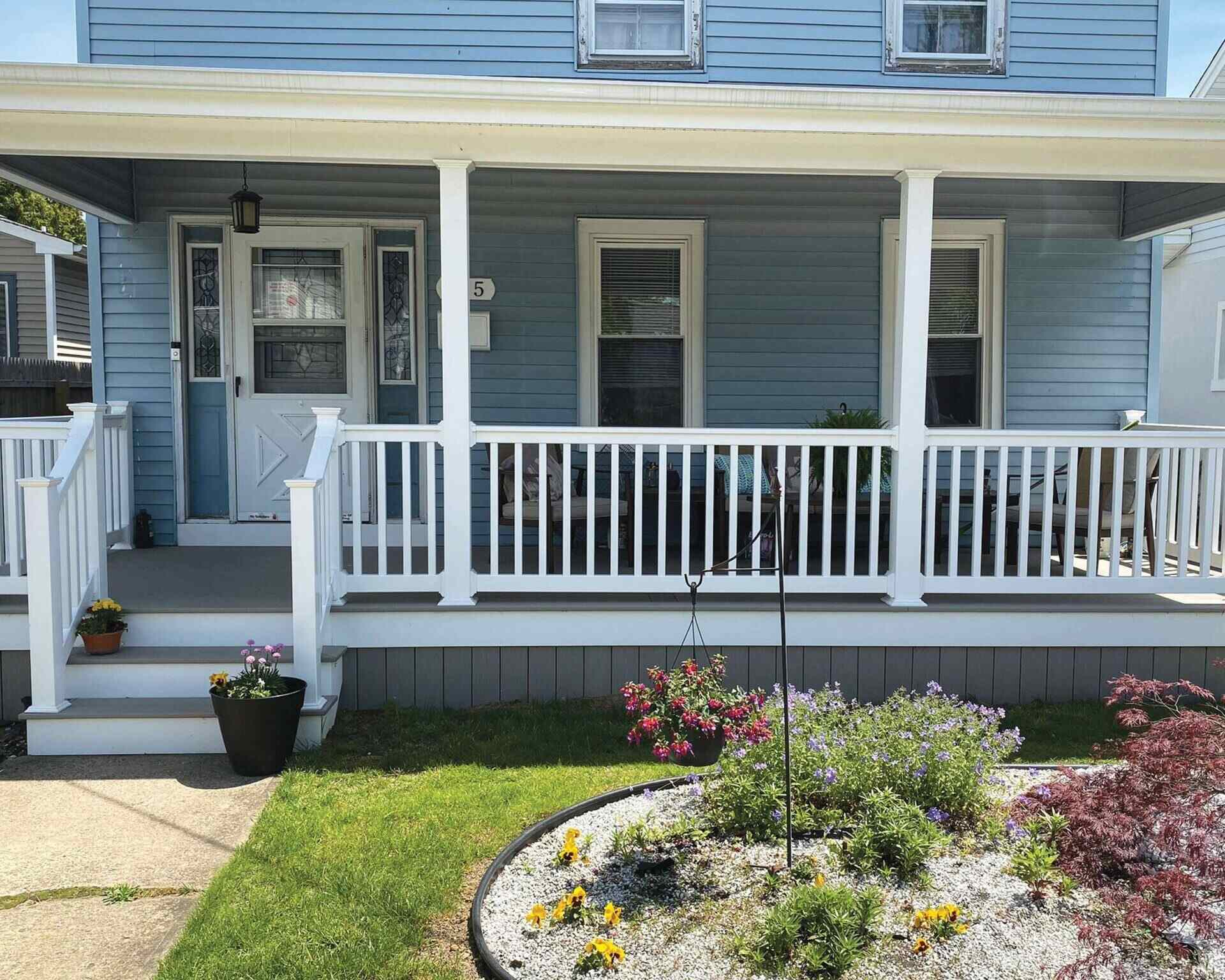
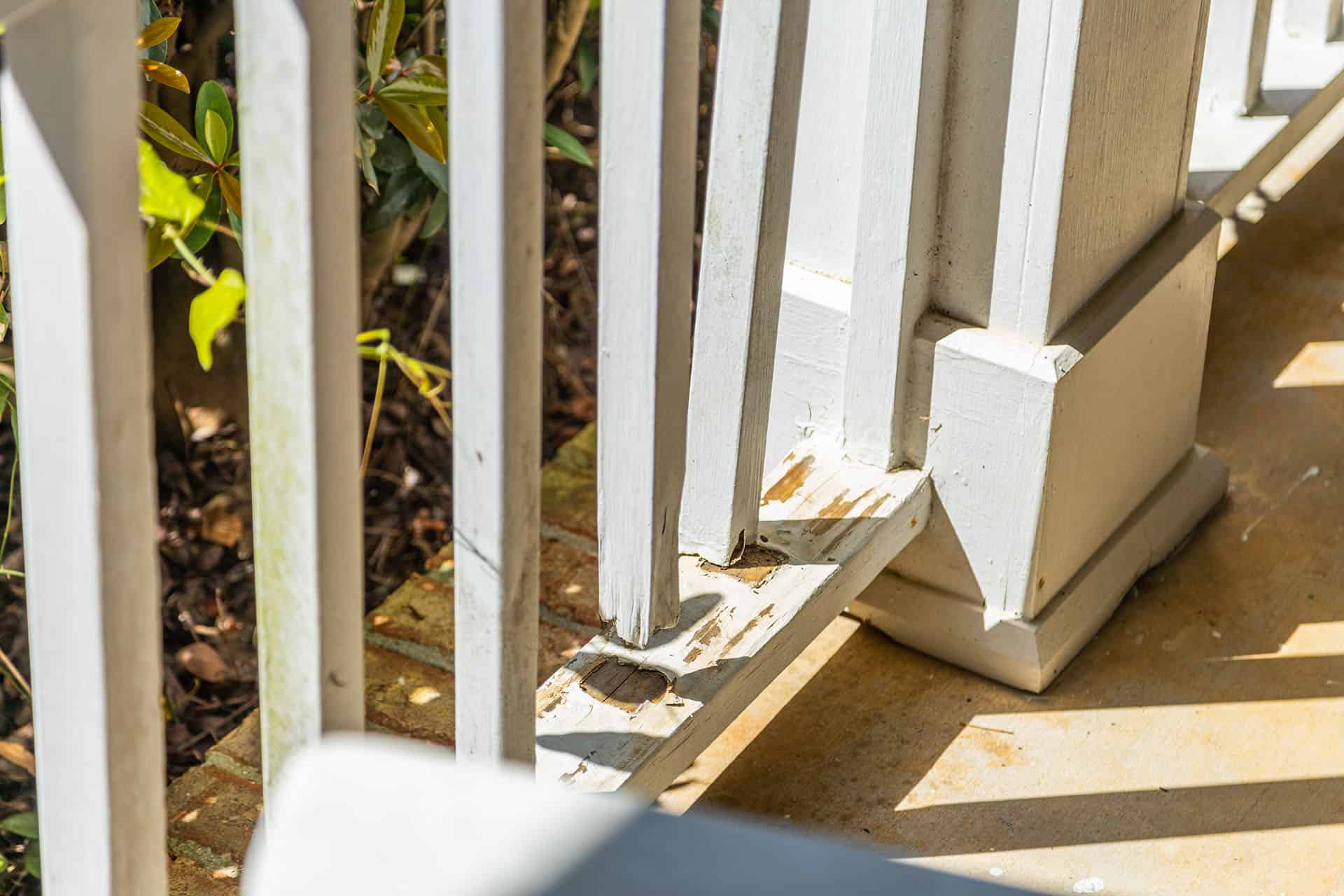
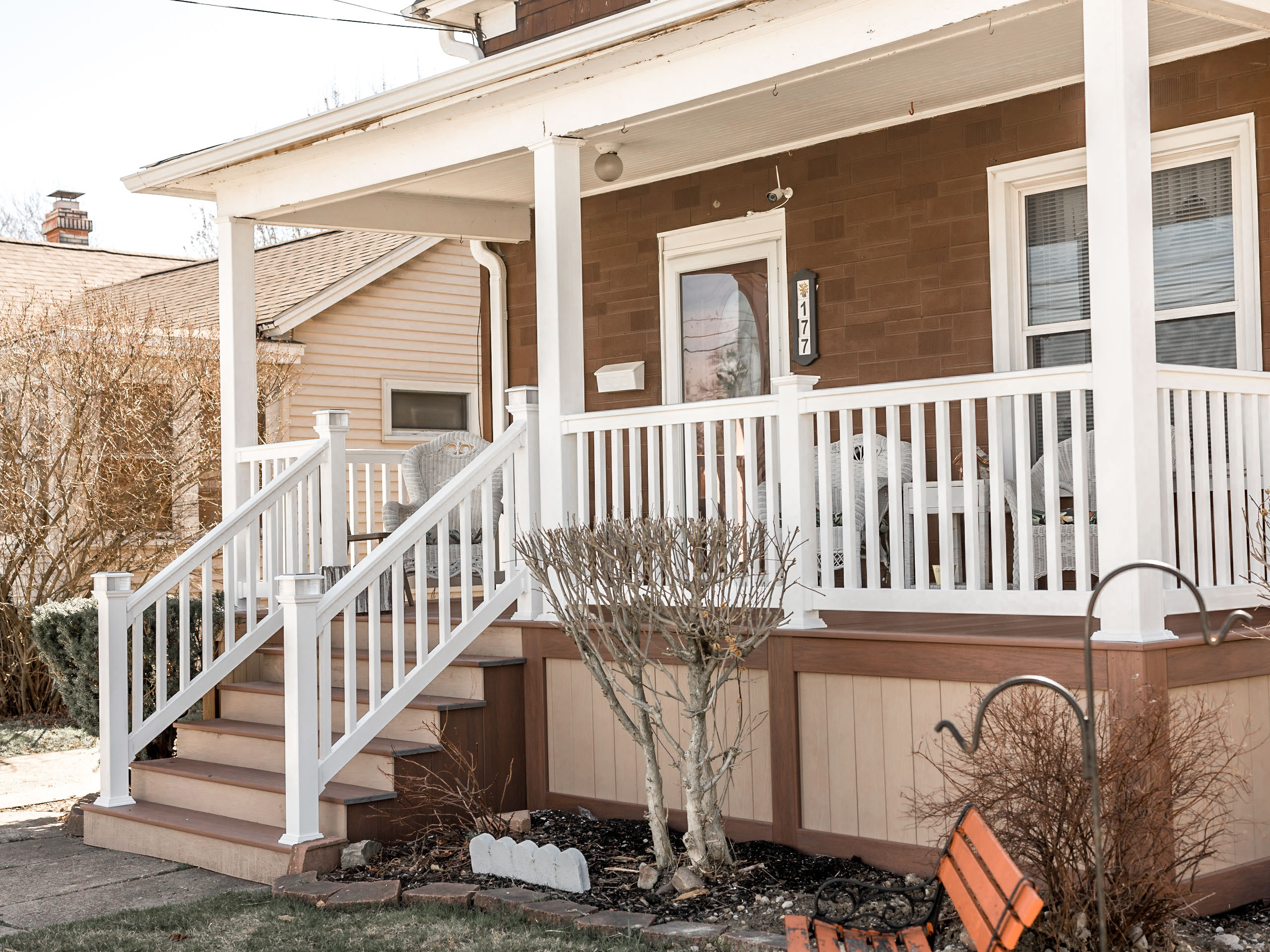
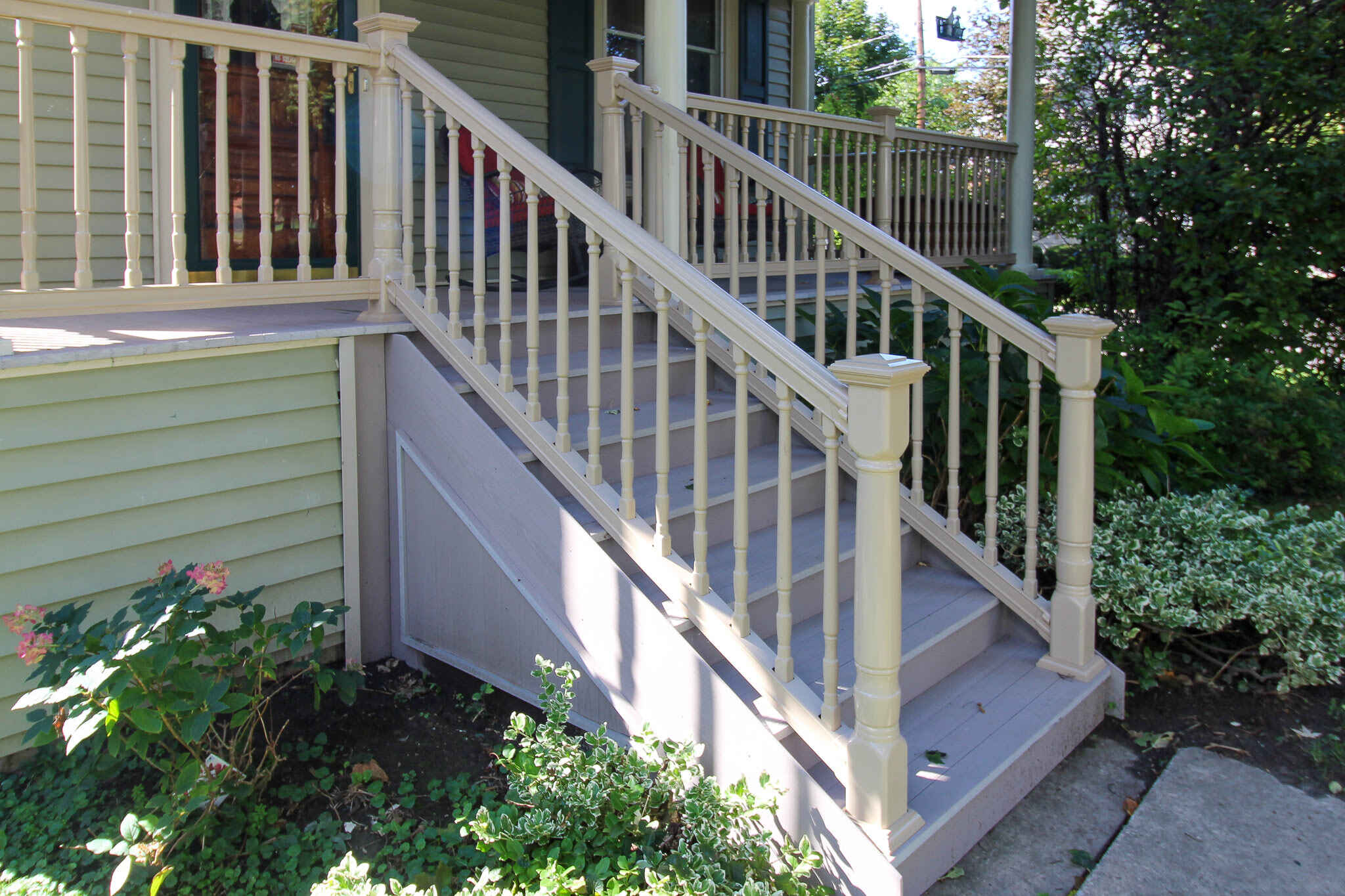
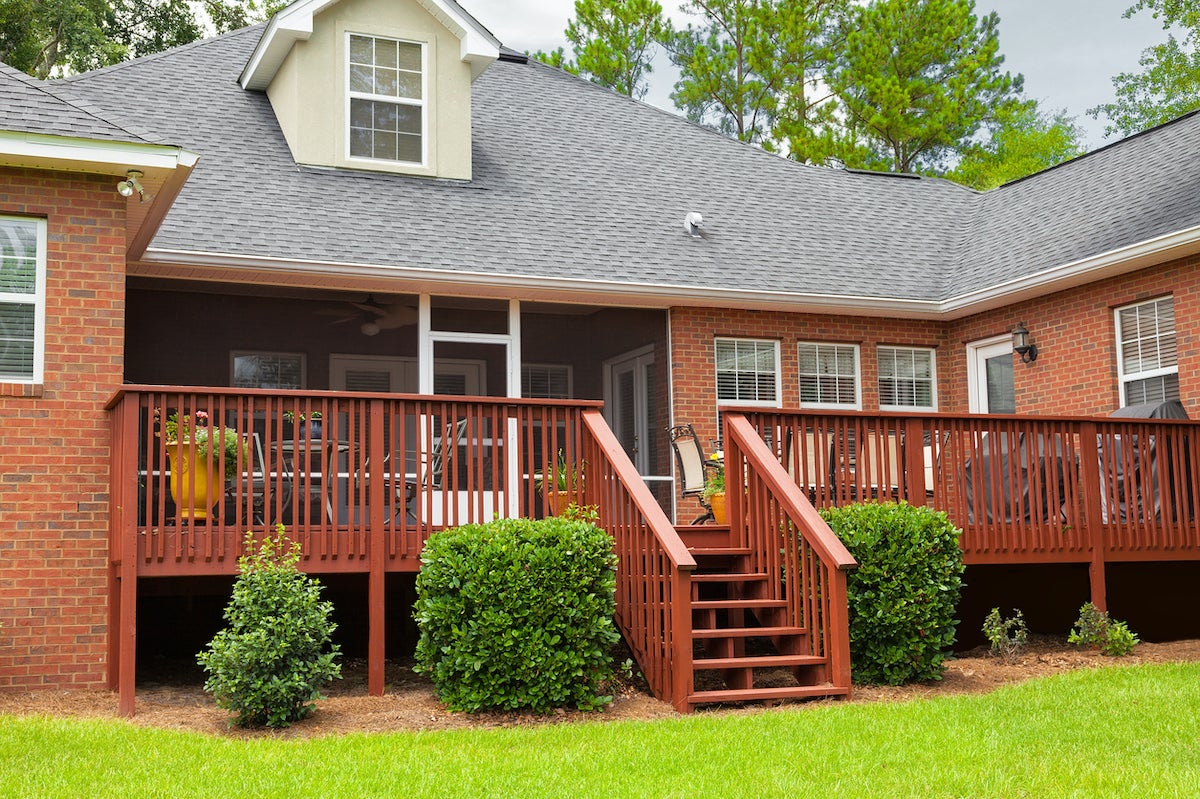
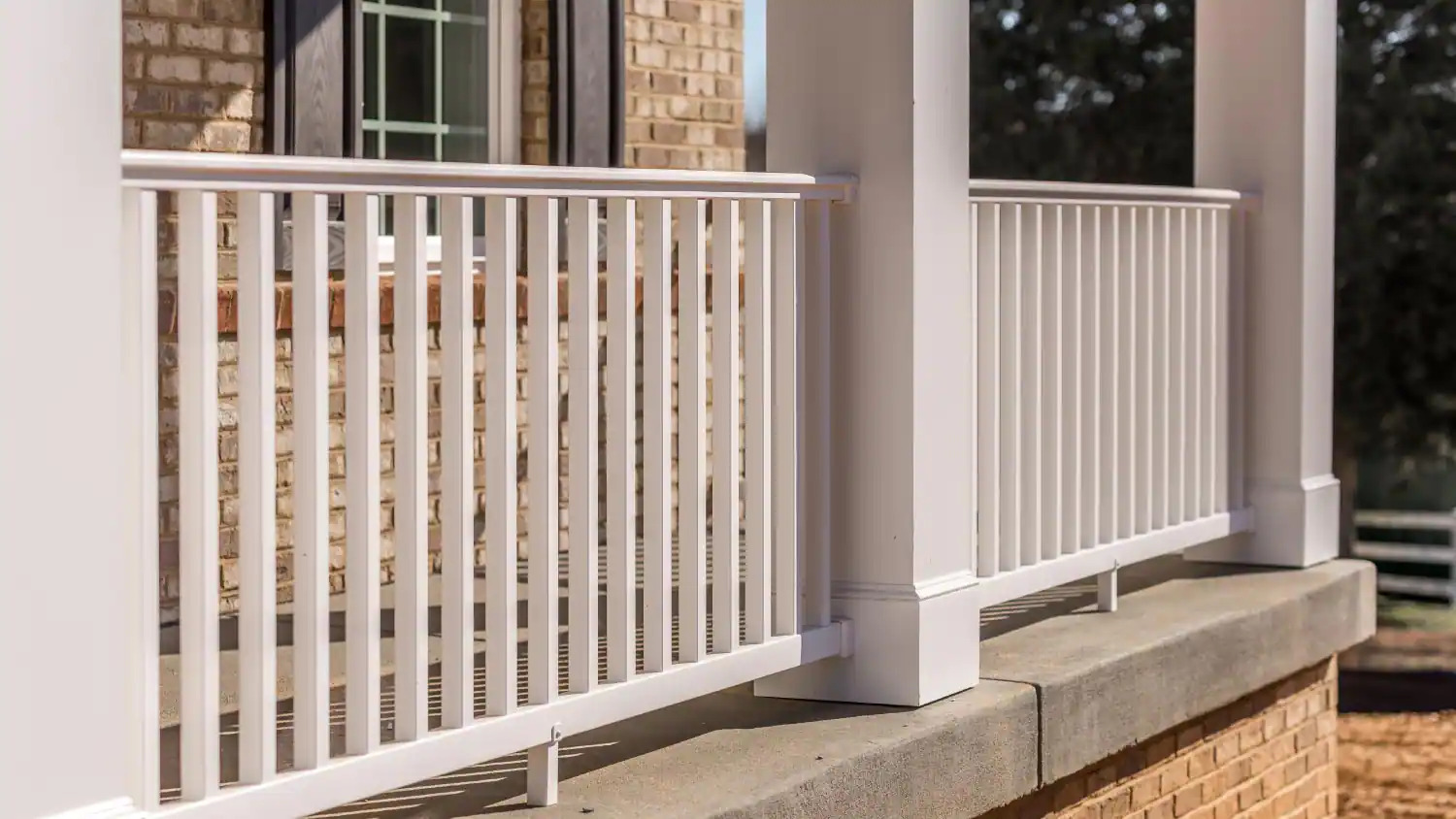
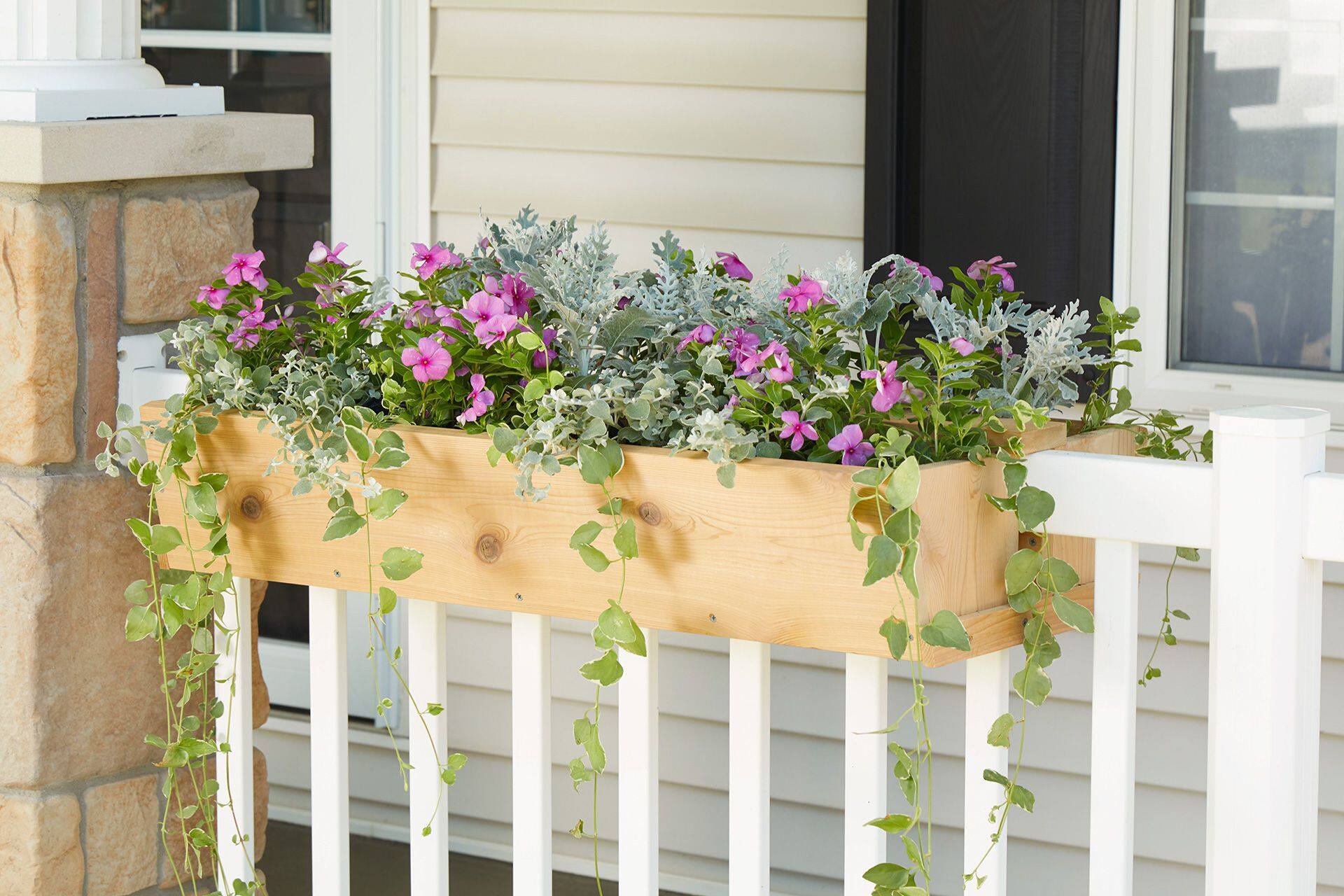
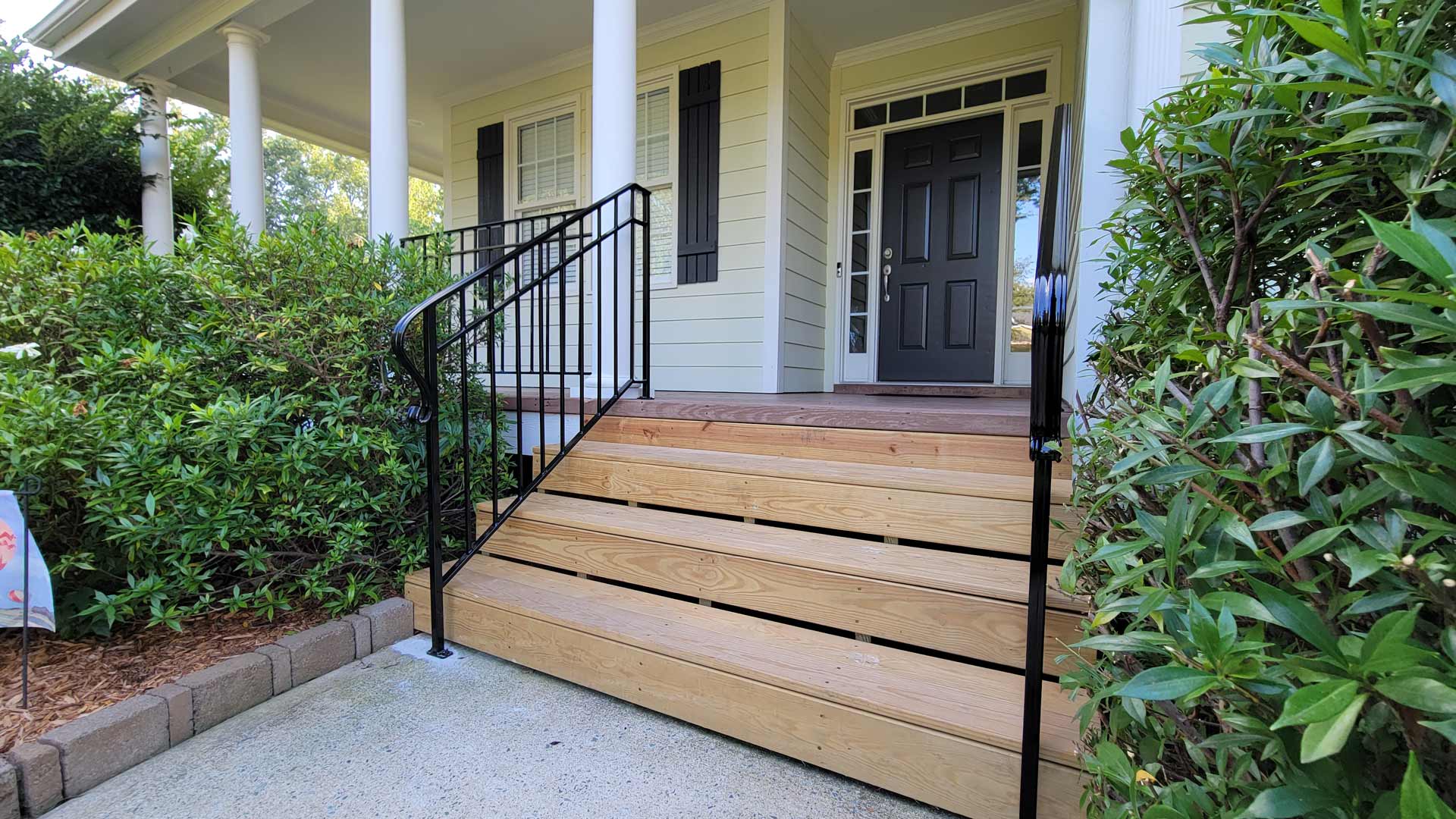

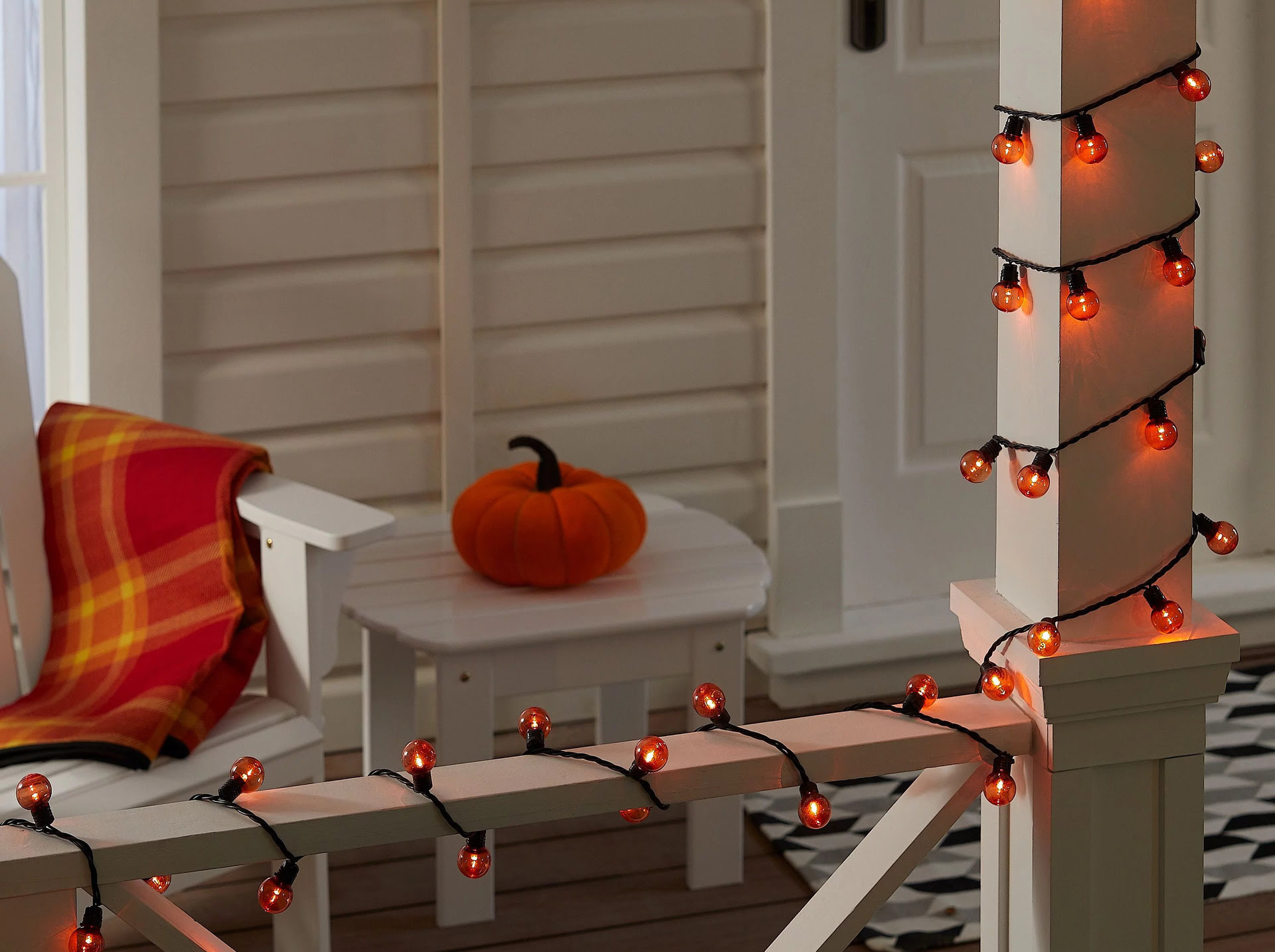

0 thoughts on “How To Install Front Porch Railing”